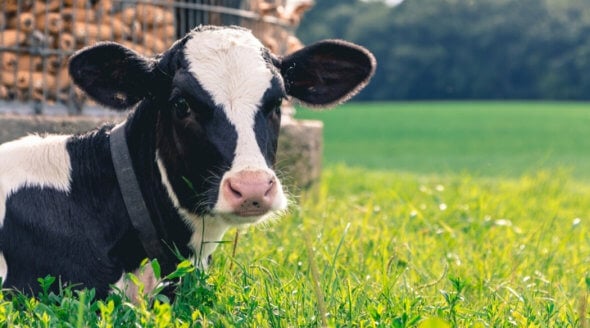All About Animals: The Issues (Ages 14-16): Circuses
The smell of the greasepaint, the roar of the crowd…
Circuses have been a traditional entertainment for hundreds of years. The ringmaster, the trapeze artists and the clowns choose to play their roles, but for animals used in circuses, it is not a role they can step out of once the curtain falls.
Circuses Say…
Circuses have been around for hundreds of years and have traditionally used animals. Although many use dogs and horses, those that use wild animals, particularly bears, elephants, tigers and lions, are very popular. These animals are real crowd-pleasers.
Nothing gets circus-goers on the edge of their seats like watching the lion-tamer put his head inside the lion’s mouth. Seeing a tiger jump through a burning hoop always brings the crowd to their feet. The public love to see these spectacles and would be disappointed if we did not have animals performing. If we were not allowed to display animals, we would lose a lot of our following, and why should our way of life and our business be jeopardised?
The trainers are all professionals and love the animals. It is a real vocation to want to work with wild animals in this way, and a special bond forms between trainer and animal. The animals love to perform. If they weren’t happy, they simply wouldn’t do the trick. And when the crowd applauds, you can see how proud the animals are.
We give the animals all we can on the road. They are well fed, fussed over and have regular veterinary check-ups. When not performing, they live in the lap of luxury at our winter quarters, where they have everything they could possibly want.
Opponents Say…
 Circuses may be fun to watch, but they are not fun for the animals. Animals do not choose to do tricks, they are forced; and, if they don’t do them right, they are punished. What could be more tragic than seeing a majestic wild animal reduced to performing silly stunts? What could be more terrible than teaching children to laugh at the humiliation of a wondrous being?
Circuses may be fun to watch, but they are not fun for the animals. Animals do not choose to do tricks, they are forced; and, if they don’t do them right, they are punished. What could be more tragic than seeing a majestic wild animal reduced to performing silly stunts? What could be more terrible than teaching children to laugh at the humiliation of a wondrous being?
While the circus is on the road, animals are locked in travelling cages for much of the time. They are allowed little or no exercise. During the winter, they are warehoused, often in dingy, cramped quarters, for months on end. A circus may keep a solitary elephant or chimpanzee, and these highly social animals may never recover from the breaking of their family bonds.
The 1998 film The Ugliest Show on Earth documented life on the road with a number of circuses, including the famous Chipperfield’s Circus. It showed animals being whipped, physically beaten and verbally abused. One tiger was screamed at so violently she urinated in fear. A baby chimpanzee, Trudy, was beaten with a whip because she didn’t want to go back into the metal-barred dog kennel that was her home. A sick elephant, Flora, weak from illness, was whipped again and again to make her go faster around the practice ring.
Many circuses have progressed beyond using animals. Their willing human performers display amazing skills and provide terrific entertainment for the entire family.
You want more info? This is where to go:
| Captive Animals Protection Society | www.captiveanimals.org | |
| PETA | www.circuses.com | |
| Or any circus’s web site |

